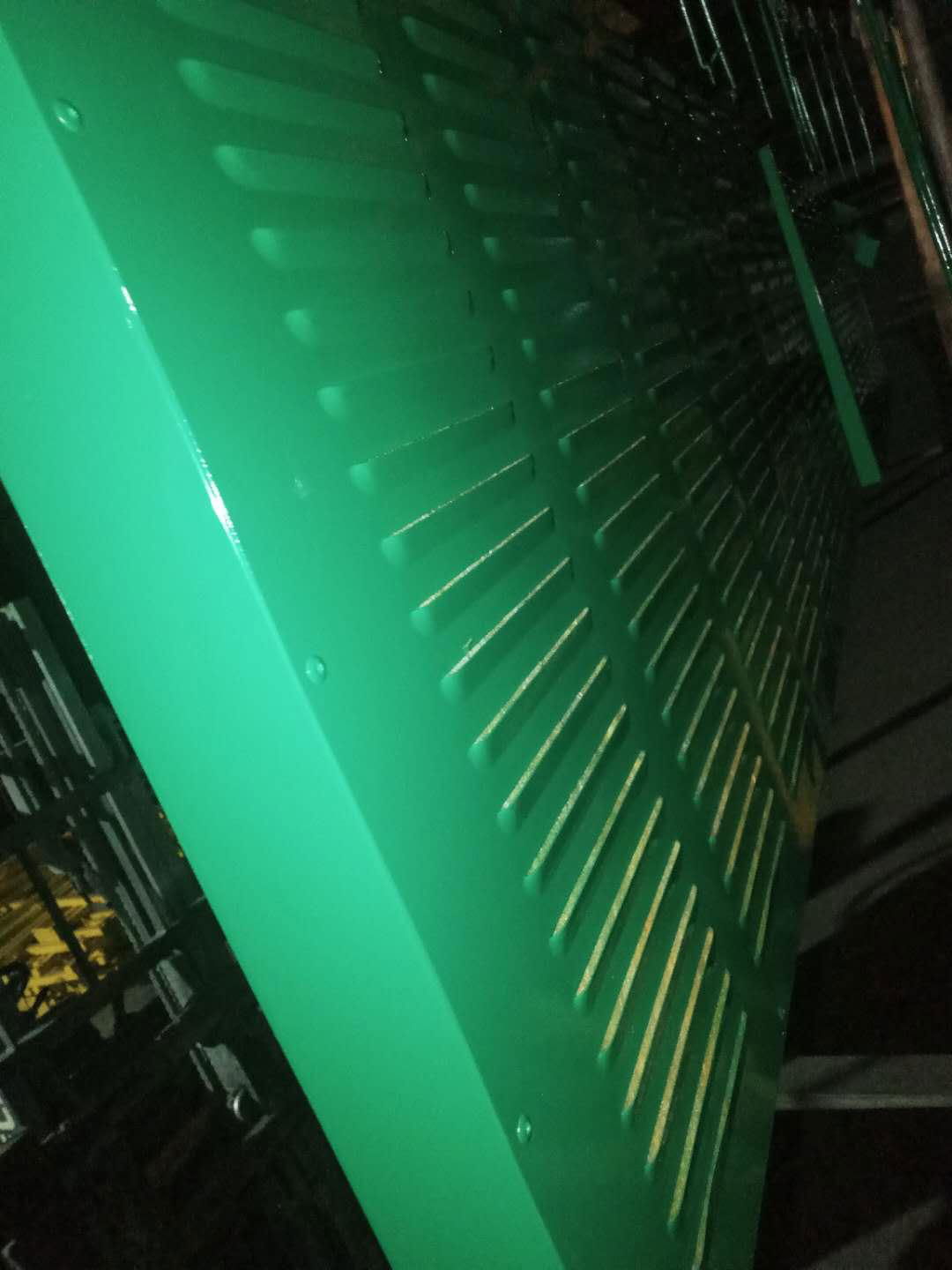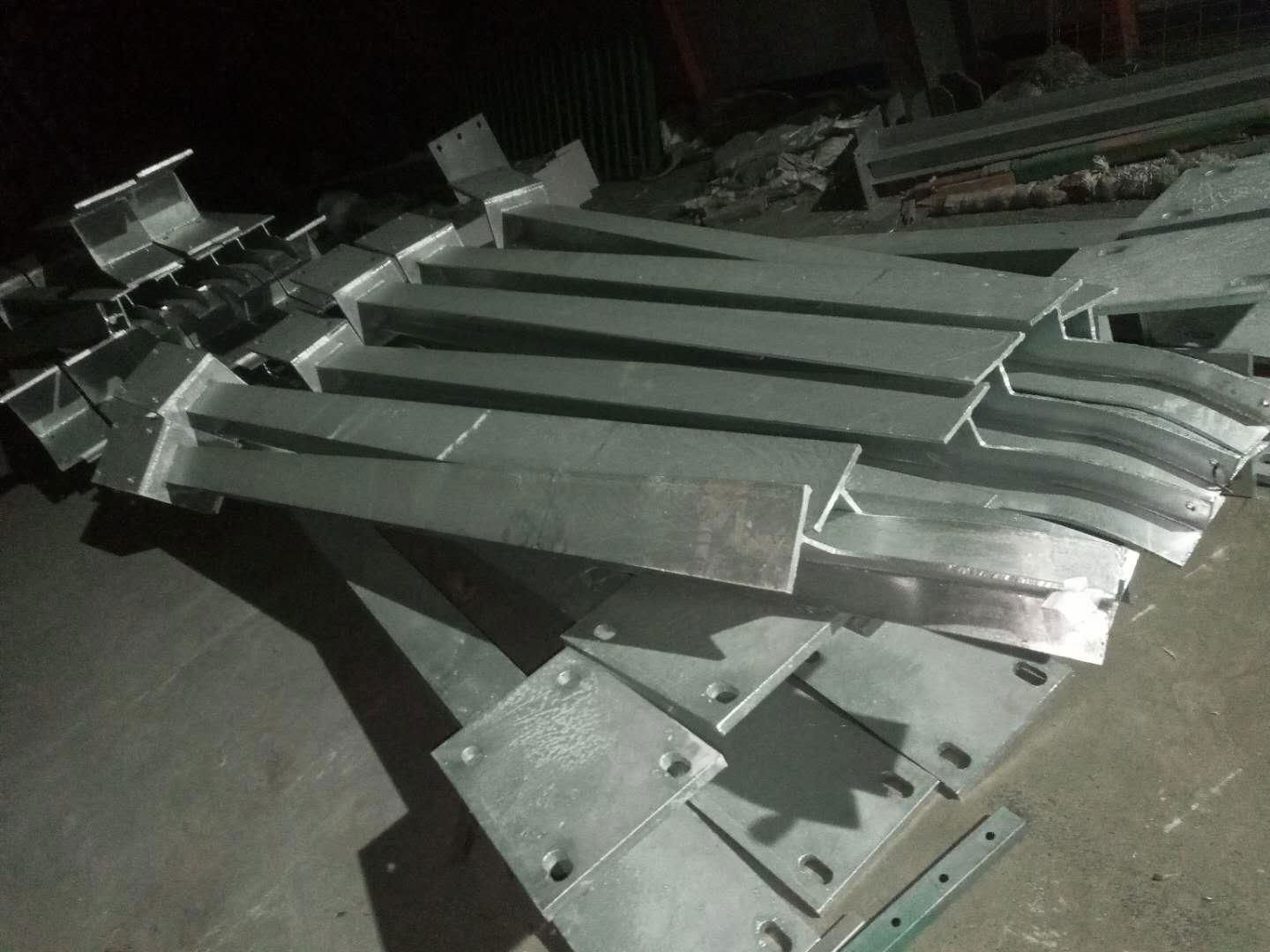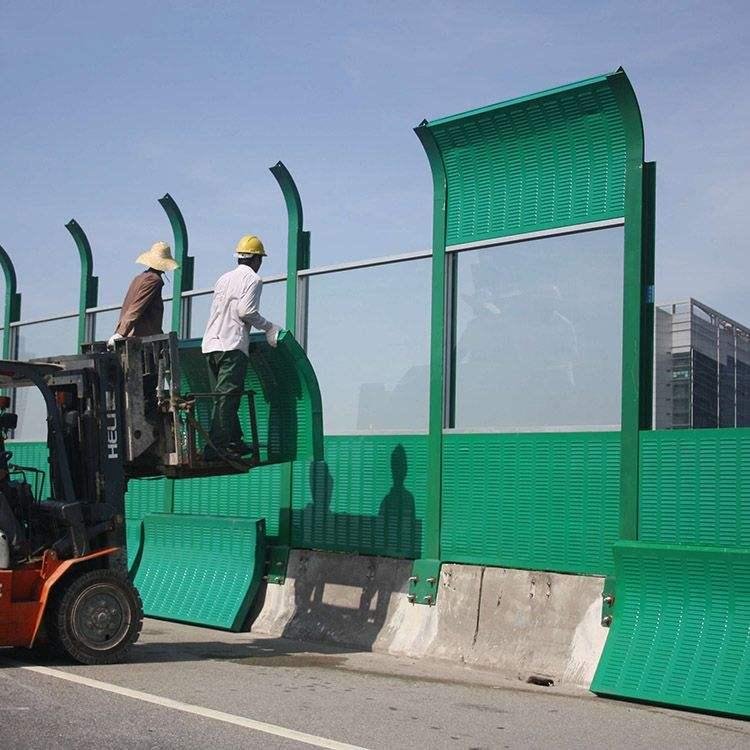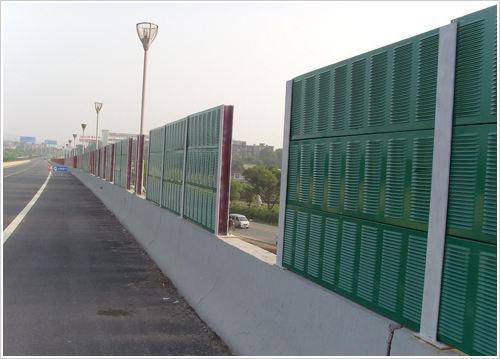The sound barrier generally adopts brick or concrete structure, and the indoor sound barrier refers to steel plate, wood board, PMMA/POLYCARBONATE SHEET plastic plate, gypsum board and foam aluminum. The sound barrier is mainly composed of two parts: a steel structure column and a sound-absorbing screen. The column is the main force-receiving member of the sound barrier. It is fixed on the road anti-collision wall or the pre-buried steel plate on the track side by bolts or welding; The board is the main sound-absorbing and sound-absorbing member, which is fixed in the H-shaped column slot by a high-strength spring clip to form a sound barrier. The design of the sound barrier has fully considered the elevated highway, urban light rail, the wind load of the subway, the impact safety of traffic vehicles and the all-weather open-air anti-corrosion problem. It is beautiful in appearance, exquisite in production, convenient in transportation and installation, low in cost and long in service life. It is especially suitable for anti-noise use of elevated highways and urban light rails and subways. It is the most ideal sound and noise reduction facility in modern cities.
The height of the sound barrier is between 1m and 5m, and the average noise reduction in the effective area is 10~15dB(A) (125Hz~40000Hz, 1/3 octave), up to 20dB(A). In general, the higher the sound barrier, or the farther away from the sound barrier, the better the noise reduction effect.




